Canary Island Date Palm Root System
Canary island date palm root system. It is localised at the palm bases surrounding area with no more than 25 cm depth and a lateral distribution of a maximum of 05 m away from the stipe. Root pruning will get your new Canary Island date palm tree off to a good healthy start. Canary Island Date Palm should be grown in full sun on fertile moist soil for best growth but is tolerant of any well-drained soil.
It is also known to be able to hybridise naturally with Phoenix dactilifera that was introduced and is widespread in the Canary Islands Gonzalez-Perez et al 2004 and thus it may also hybridise with other species. Located just underneath the soils surface this zone generates thin roots that grow within the top 12 to 24 inches of. Photo by Doug Martin.
The remaining fronds are bundled and bound with rope. Figure 1 diagrammatically shows a date palms construction with its root system. P canariensis has an extensive root system which allows these palms to explore the surrounding earth to.
As the roots extend out they will stabilize what will become a multi-ton tree. Canary Island date palms are considered pests by many homeowners but theyre California gold for a professional tree hunter and the company he works for because of. Canary Island Palm Tree Root System - Palm trees have fibrous root system.
The Canary Island date palm is often transplanted as a mature tree. It has 8- to 15-foot-long rigid leaves that contain up to 200 V-shaped leaflets the basal ones of which are modified into long sharp spines Figure 1. It does well as a street or avenue tree even in confined soil spaces.
The root initiation zone usually arises no more than 6 to 12 inches up the palm. Available in matching sizes from 6 to 25 of clear trunk. Canariensis grows on a wide variety of soils all of volcanic origin and usually fertile.
Dark green foliage huge canopy. It can take a few months to a few years to kill the tree.
Mature Canary Island date palms are prized by homeowners and can be valuable see video at end of article photo by Doug Martin.
- Zone I called respiratory zone. It does well as a street or avenue tree even in confined soil spaces. Groundworks has in stock ready for immediate pick up. Examples of palms that demonstrate this condition are Canary Island Date Palms Pygmy Date Palms Sylvester Palms Wild Date Palms Cabbage Palms and Washingtonia Palms. Canariensis is the most serious and lethal disease of Canary Island date palm Phoenix canariensis. Canary Island Palm Tree Root System - Palm trees have fibrous root system. When you prune always be aware of the long sharp menacing spines. It is localised at the palm bases surrounding area with no more than 25 cm depth and a lateral distribution of a maximum of 05 m away from the stipe. The Canary Island date palm CIDP is native to the Canary Islands.
Groundworks has in stock ready for immediate pick up. Some date palm species such as Canary Island date palm Phoenix canariensi can reach lofty heights of 50 feet or more. - Zone I called respiratory zone. This fungus is always fatal. Located just underneath the soils surface this zone generates thin roots that grow within the top 12 to 24 inches of. 2 Loosen the soil in and around the hole so the roots can easily break through. 3 Use your fingers to separate the roots of your date palm and gently position downward in.






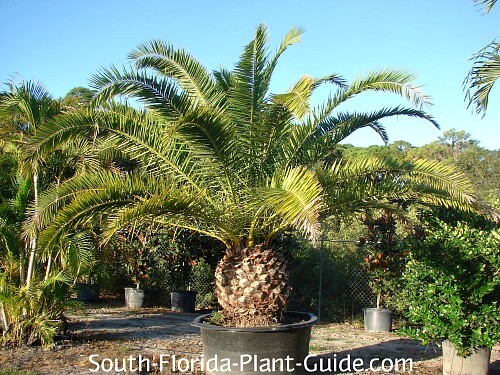

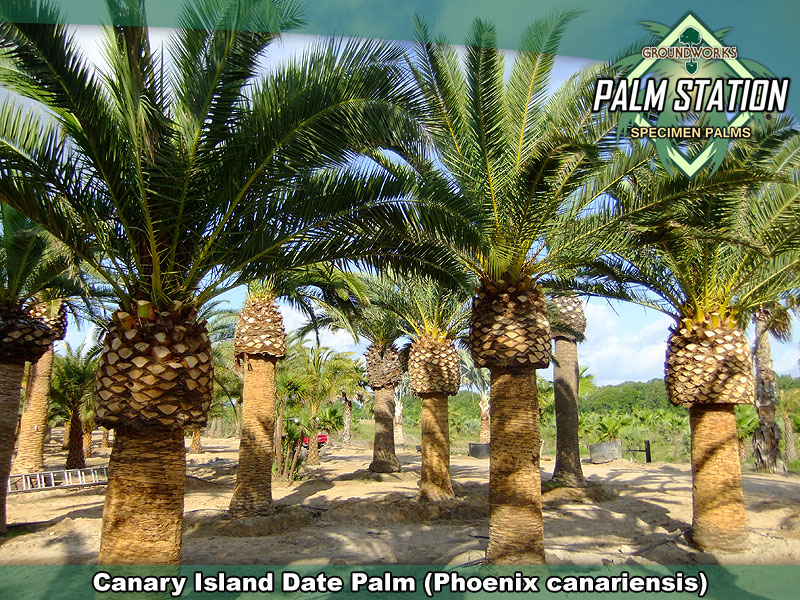
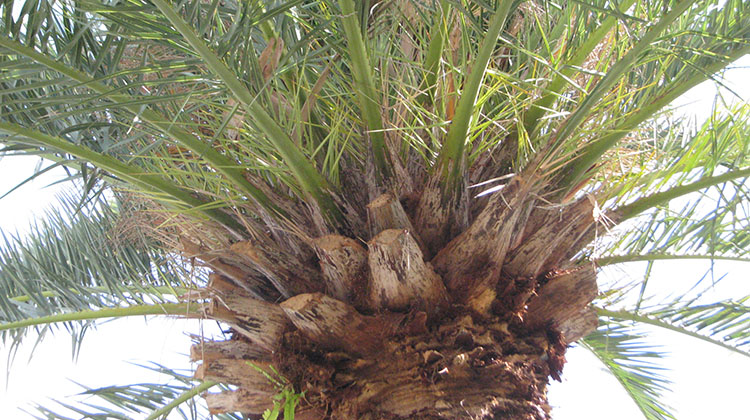


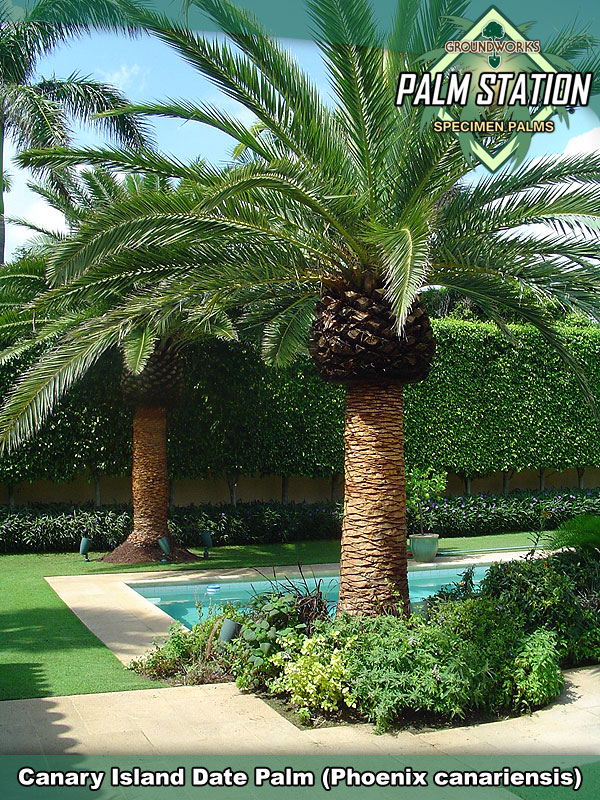

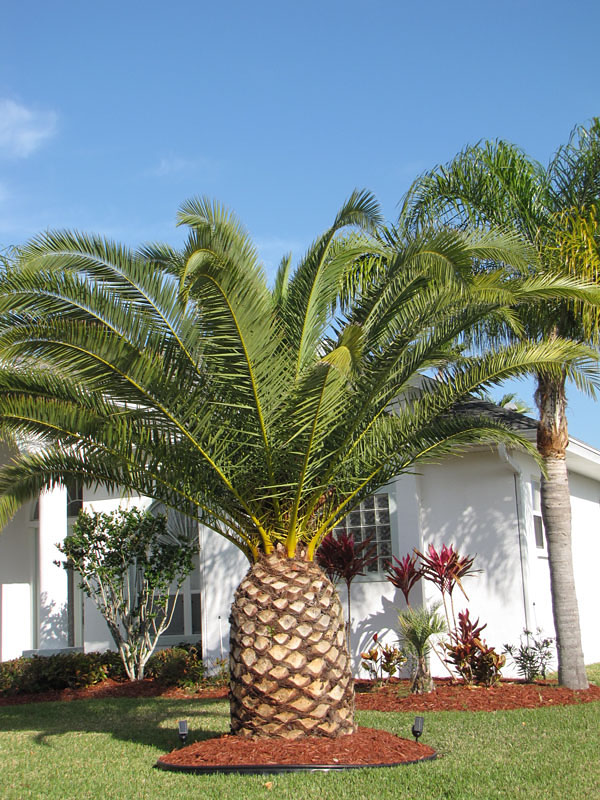

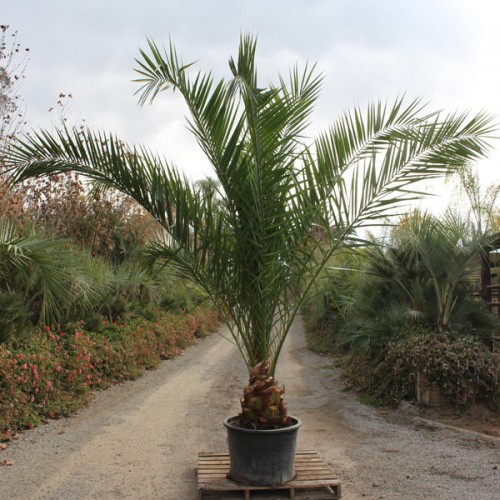



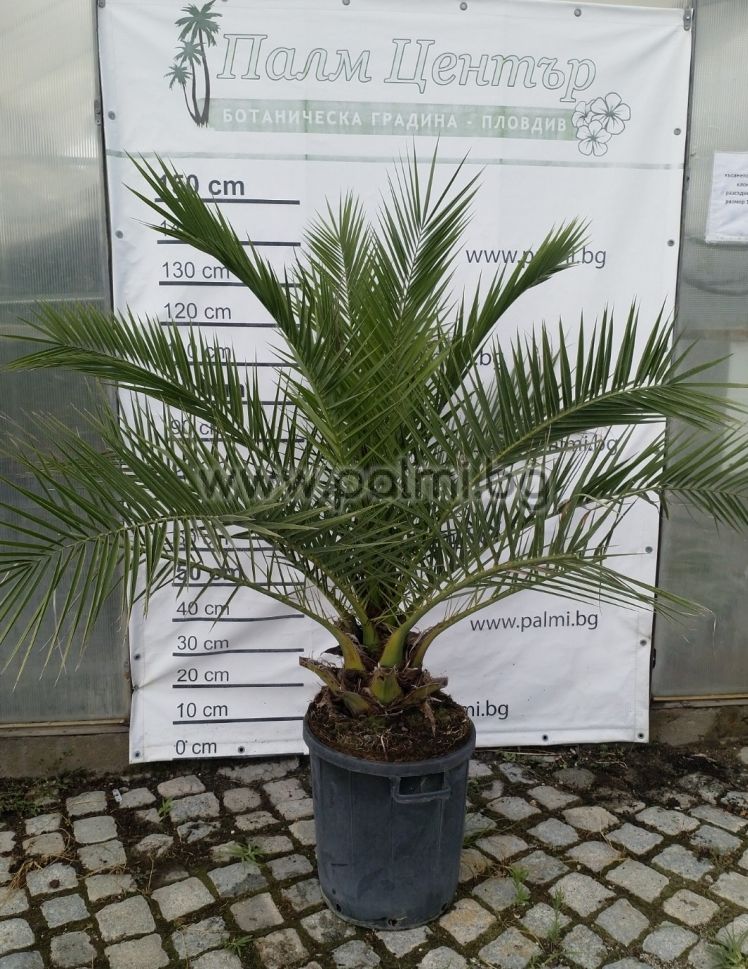
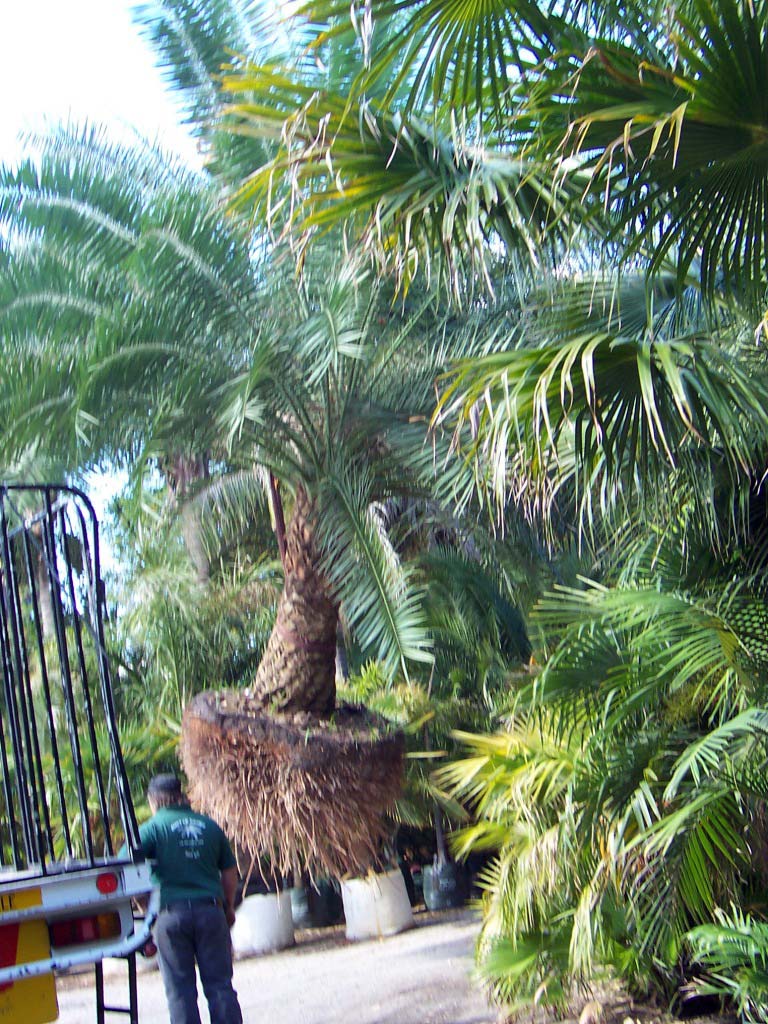
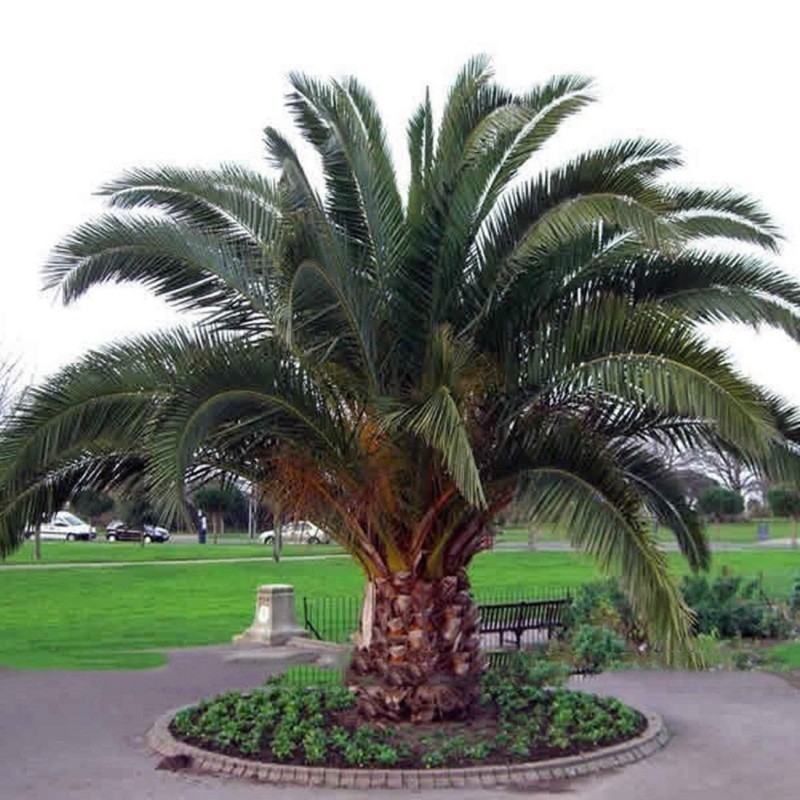



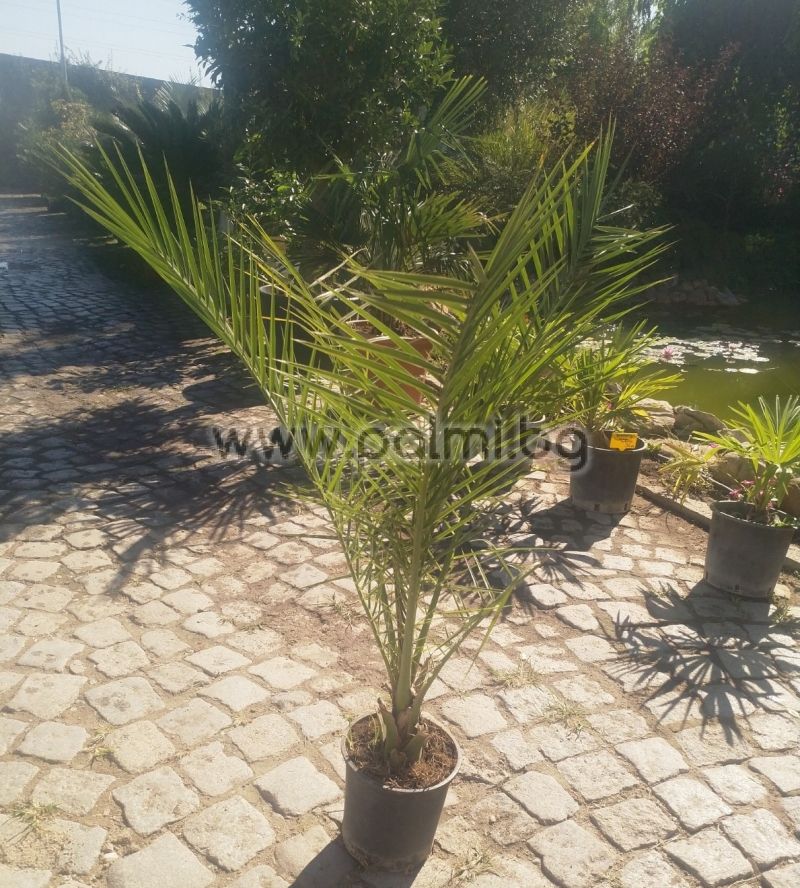

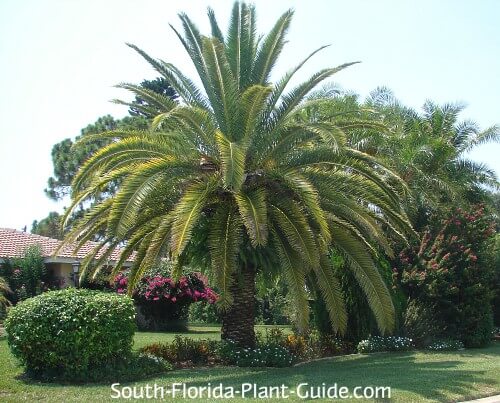
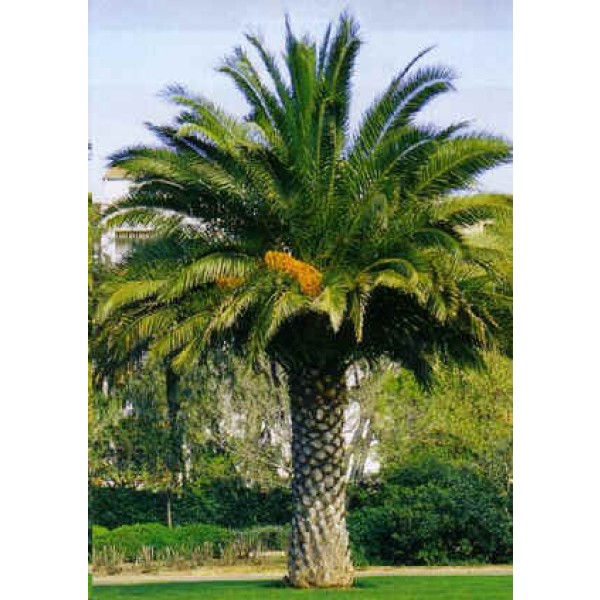


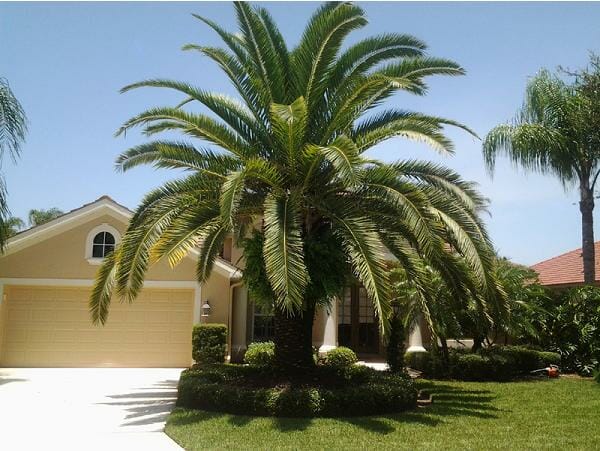
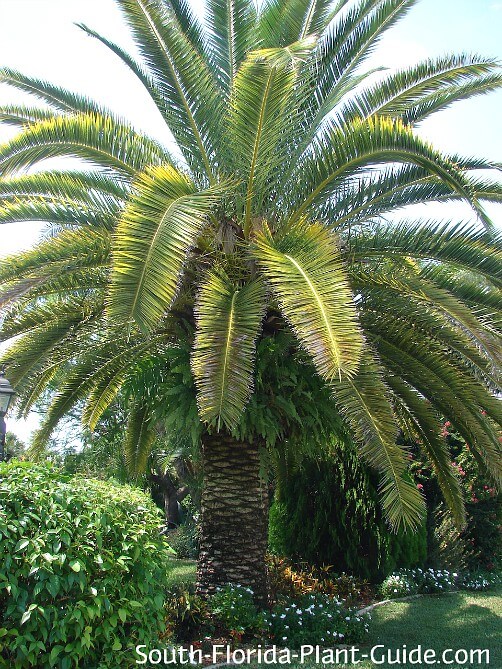






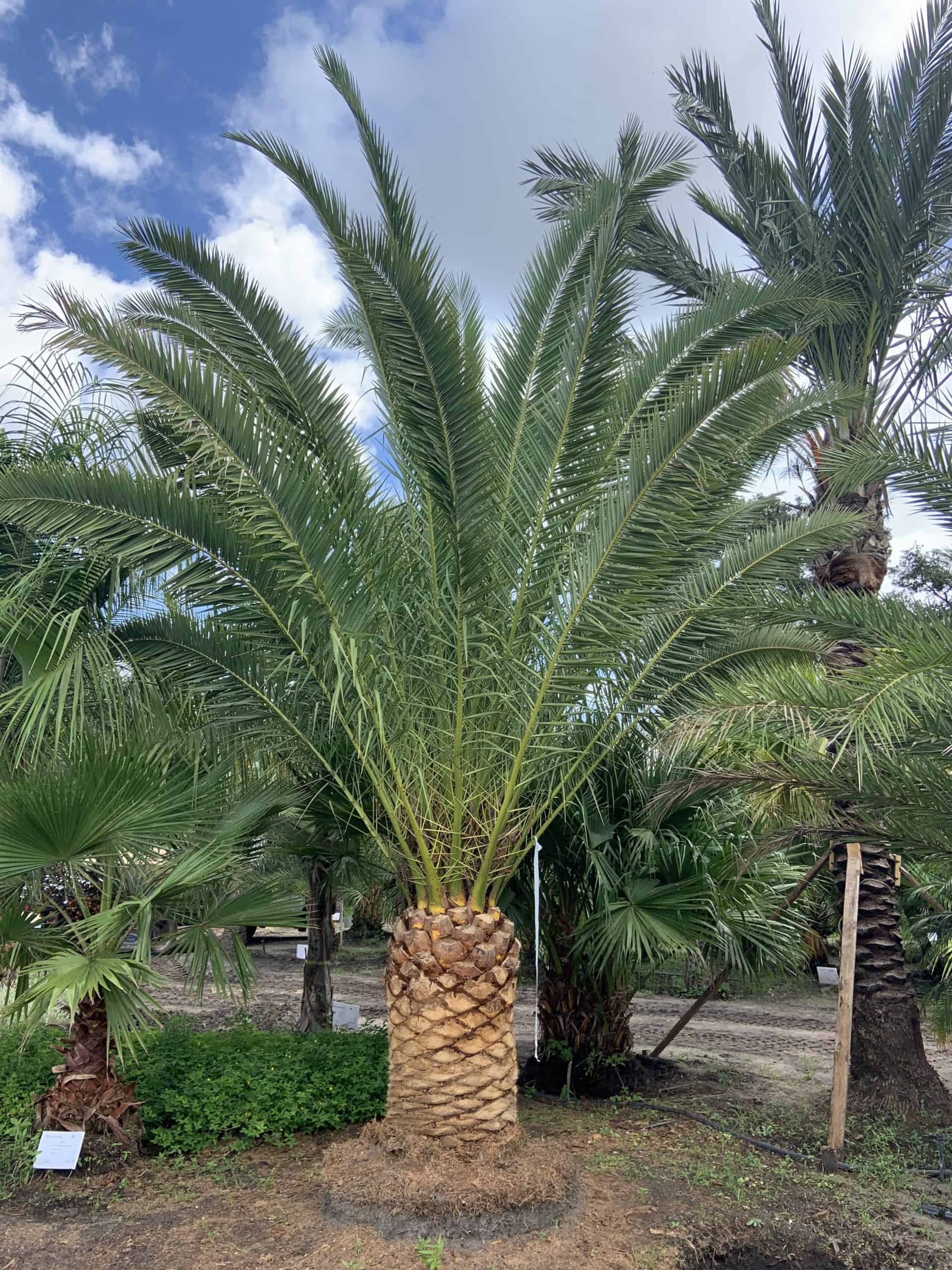
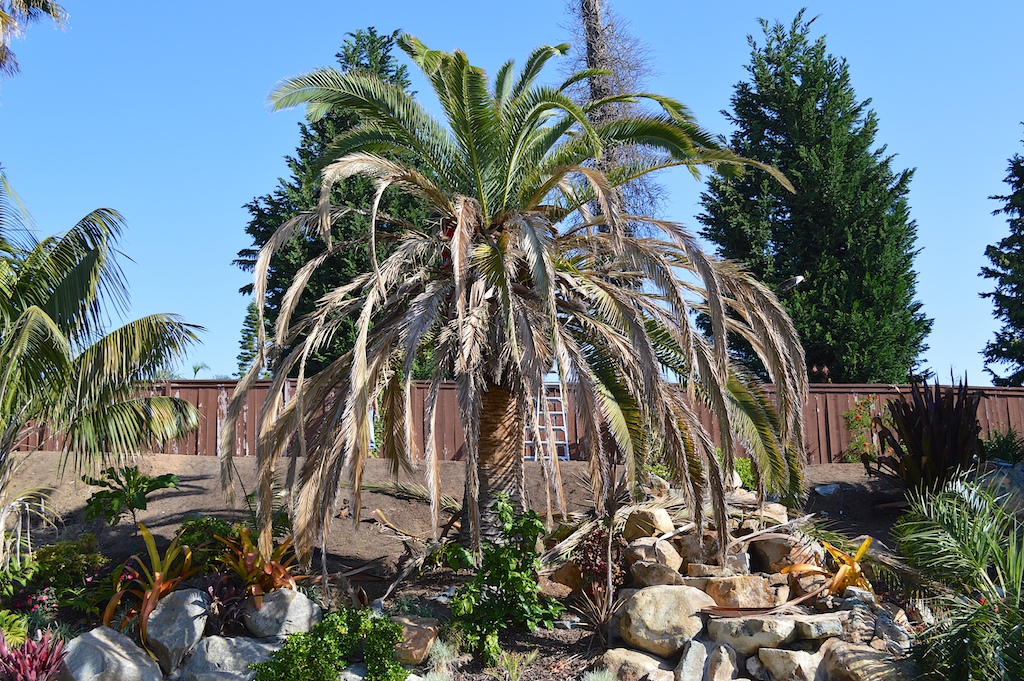




Post a Comment for "Canary Island Date Palm Root System"